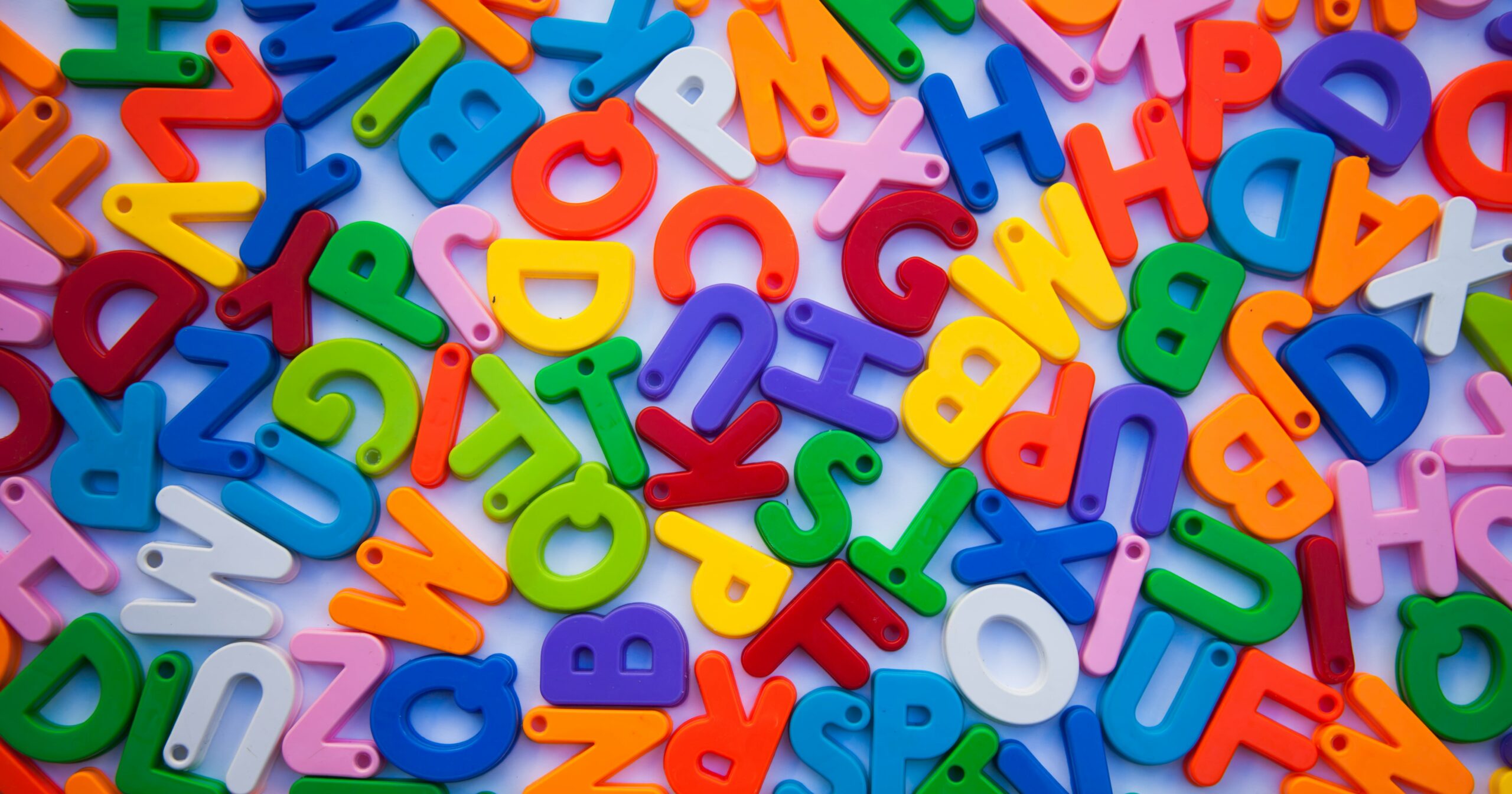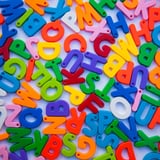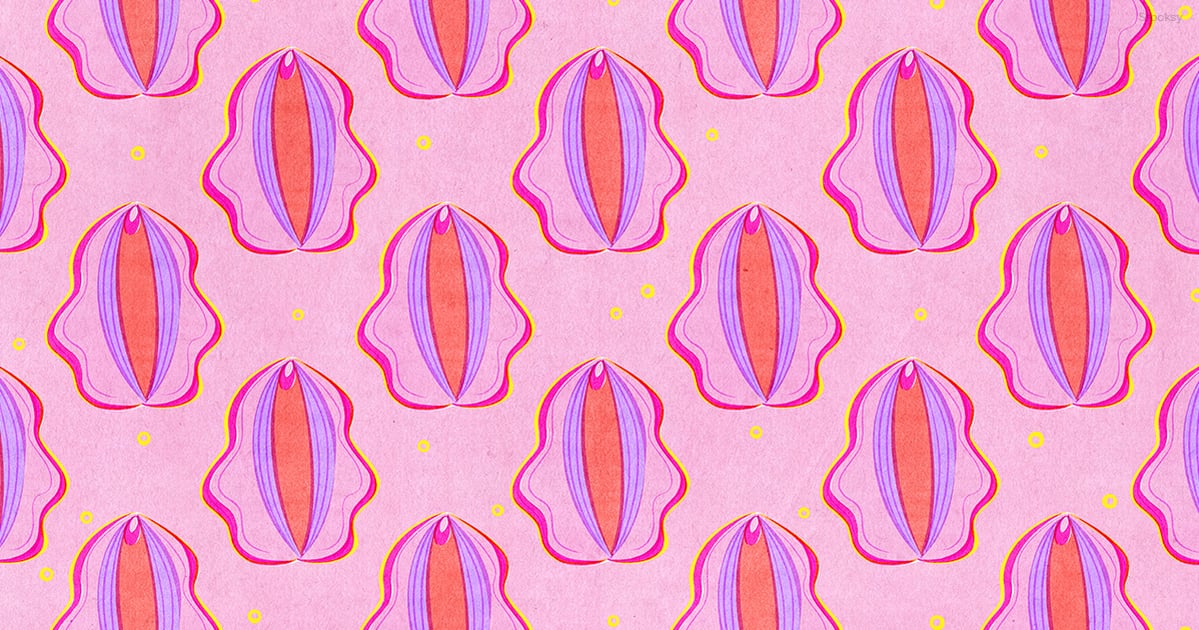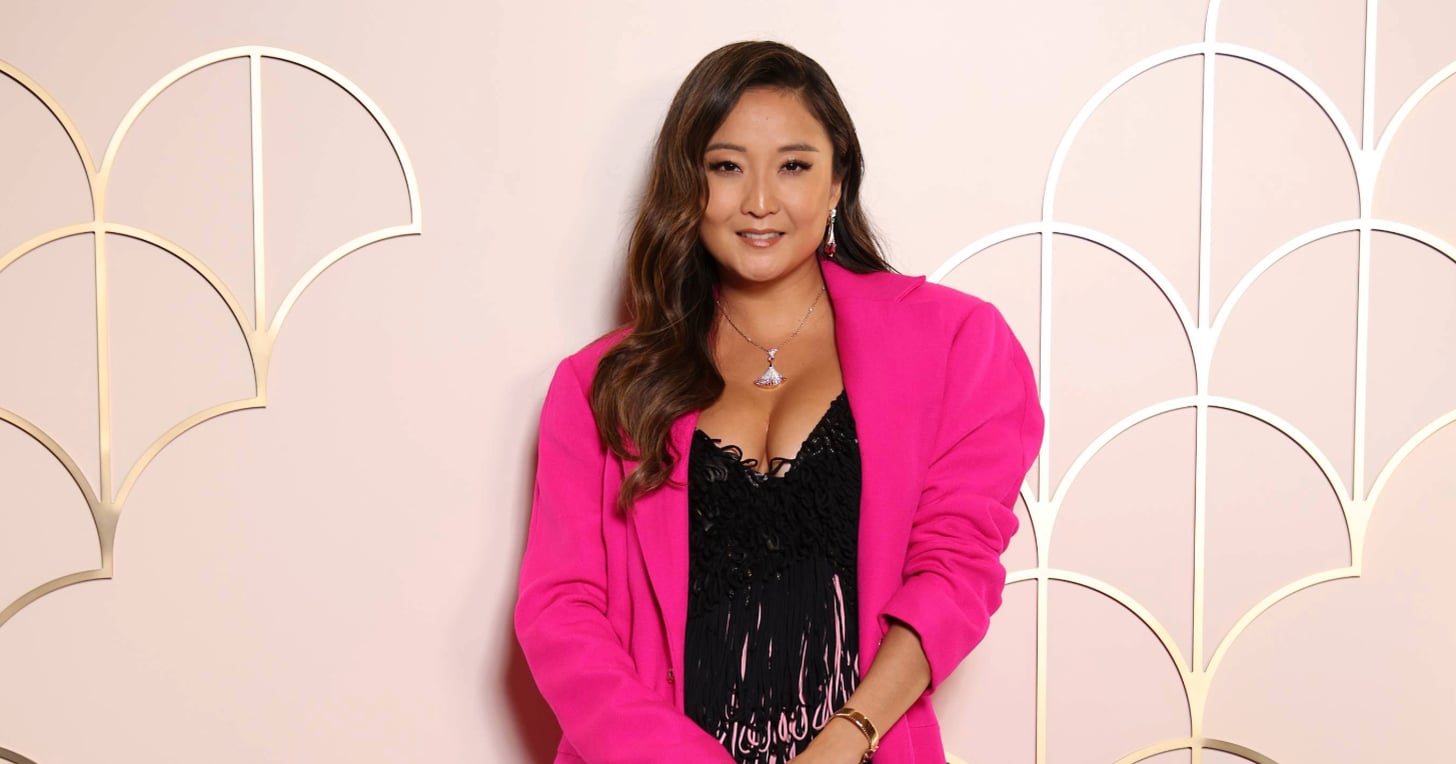For most people, colors are colors and words are words. There’s no overlap. But for me, a “synesthete,” colors and words are blended together. Monday is pink, September is yellow, the letter “J” is blue, and the number seven is lime green – obviously. Each synesthete associates words and colors differently, but my pairings have stayed true since I can first remember noticing them in kindergarten.
Synesthesia literally means the “union of the senses,” and it’s a neurological phenomenon causing the senses to blend. So, for a synesthete, when one sense is activated, another unrelated sense is simultaneously triggered. Neurologists have discovered at least 75 different types of synesthesia, but I’m what’s known as a grapheme-color synesthete, meaning I associate numbers, letters, and words with specific colors.
But I didn’t know I saw, heard, or experienced language “differently” until I was a sophomore in college. While studying for midterms one night, I walked into the library bathroom and closed the stall door; taped to the inside was a flier that read: “Do you hear colors? Do you associate words with specific shades, tones, and patterns? If so, are you willing to participate in a study? Email us.”
The sign was weirdly relevant. I remember thinking “Wait. Not everyone has this experience?” I walked back to my friends to tell them about the flier and my reality. No one could relate. But to me, the fact that they didn’t seem to know that the letter “S” was butter yellow felt jarringly abnormal.
I emailed the medical researchers, and a day later I was sitting in a lab. For the next two weeks, I participated in a series of visual tests, auditory responses, and electronic memory games. In one, the researcher recited a long list of words and I replied with my associated color.
The entire process was fascinating since it was an inside scoop at how my mind works, but it was also hard for me to comprehend that not everyone was wired like me. Synesthesia seemed like an obvious default. But after finding out the condition had a name and was not everyone’s experience, I went down a research rabbit hole.
The study I took part in helped confirm I likely have synesthesia and what type, but there’s actually no questionnaire, clinical test, or blood work that can officially diagnose the condition. Some people take tests such as the “The Synesthesia Battery,” which includes a series of exams, questions, scoring, and researched-based data that will determine your “diagnosis.”
The absence of diagnostic tests and lack of awareness about the condition means it’s hard to know how common it really is, but current evidence points to roughly four percent of the world population having this sensory overlap.
It’s hard to describe exactly what it “feels” like to have grapheme-color synesthesia, because it’s not really a feeling per se; it’s more like a subconscious software constantly running through my mind. I don’t see a wash of color across my vision any time I hear a letter, word, or number, but I have strong associations in my mind’s eye. It’s never confusing or disruptive and I don’t even give synesthesia much thought daily. The word itself just has an obvious, visualized color . . . in my head.
In addition to grapheme-color synesthesia, I also have a slight case of ordinal linguistic personification. That’s when ordered sequences, such as days of the week or months, are associated with personalities or genders. It’s just like when someone mentions your mom and you have an immediate, automatic attribution of “oh yeah, my mom is smart, witty, and the life of the party.” Except instead of a person, that happens with days or months. For example, Thursday (yellow) is bland and drab, while Wednesday (orange) is spunky. August (hot pink) is feminine, dainty, and pristine. October (black) is strict, daring, and semi-serious. I don’t associate all days of the weeks and months with a personality, but they do all have strong designated colors.
The specific evoked colors and personality traits are always the same for me: Wednesday is orange and spunky, has been orange and spunky since I was in kindergarten, and will be orange and spunky forever. But not all synesthetes have the same associations, per PLOS ONE.
Case in point: a few months after completing the study, I was at dinner with my family when I casually mentioned my newfound character trait. My younger brother’s face lit up. “Wednesday is pink. Not orange,” he said. My parents sat there in disbelief. We then spent the rest of the night comparing notes. My dad went through the months, days of the week, and names of our friends and family, and on the count of three we both said its color. We did have some overlap, especially for days of the week, but otherwise our associations were pretty polarizing.
Genetic research suggests there is a strong linkage in families, but the exact genes involved remain unclear. My brother (my only sibling) has synesthesia, but my parents do not. While they try to grasp what it means when I explain that “mom” is ruby red and “dad” is cobalt blue, they never fully understand how a simple word can have such a powerful color association. Both sets of my grandparents have passed, but I can’t help to wonder if they also lived their lives in color.
Synesthesia is more common among creative and imaginative minds, and studies report this cross-sensory experience heightens originality. Billy Joel, Pharrell Williams, Billie Eilish, and Maggie Rogers all have synesthesia and use their overlapping senses to visualize sound and create music. I am in no way musically inclined, but I’d like to think I’m creative. I’ve made a career out of writing and storytelling, and the associations make words more compelling. Reading and writing has never felt like work, and the meaning of words and their place in a sentence just makes natural sense.
Studies also show synesthetes have an excellent and enhanced memory. Personally, I have a very detailed, over-heightened, and sometimes deeply personal sense of memory. I’m great with names and dates or when and where someone wore an outfit. I can also visualize notes and images on a crowded page, with maybe even a subtle photographic memory. I don’t necessarily use the color associations to help remember names, dates, or outfits, but I can’t help but wonder if my high-quality memory is somehow related to the condition. My brother, on the other hand, can memorize entire scripted scenes of movies and the lyrics to any song, and can easily pick up new languages as well.
Synesthesia is a largely positive condition, with no known downsides. For 20 years, I lived unaware of my vibrant phenomenon, and besides now knowing that not everyone experiences the same associations as I do, not much has changed for me since I found out I’m a synesthete. That said, the phrase “live life in color” is a cheesy trope, but it’s true: I do live a rather colorful life. Roses are red, violets are blue, and Friday will always be green.
Andi Breitowich is a Chicago-based freelance writer and graduate from Emory University and Northwestern University’s Medill School of Journalism. Her work has appeared in PS, Women’s Health, Cosmopolitan, and elsewhere. She is a mass consumer of social media, former collegiate pole vaulter, and cares about holistic wellness and non-stigmatizing reproductive care.




